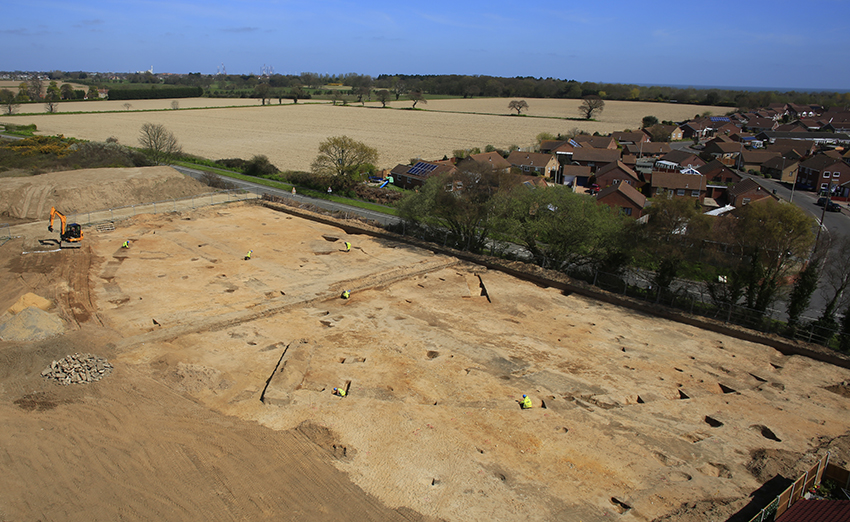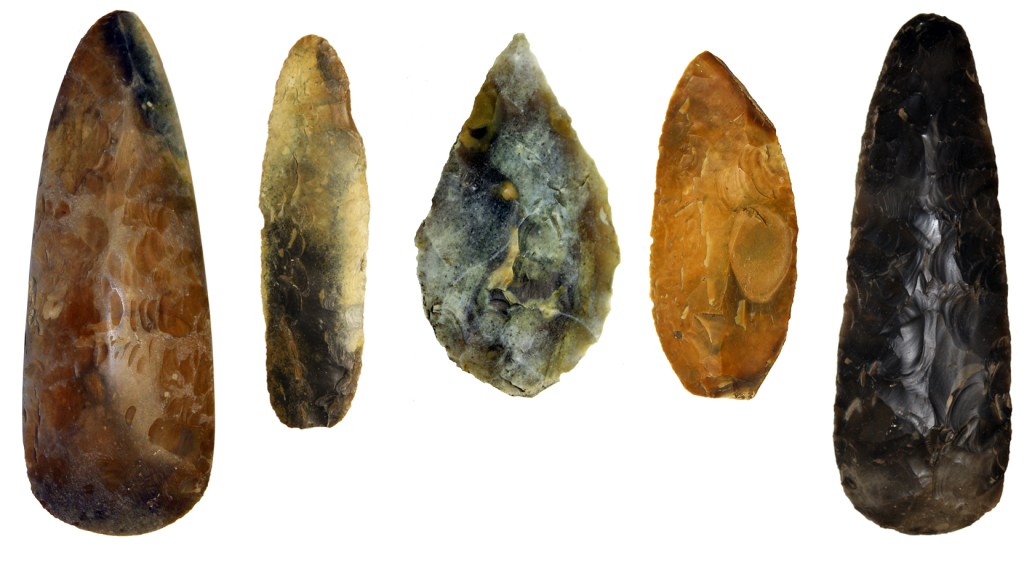We undertook preliminary desk-based assessment and multiple phases of fieldwork from 2016 to 2020 ahead of this major road scheme. We are now in the final stages of work on the project, carrying out analysis and preparing a publication of the historic glassworks site excavated. Details of our investigations have just been uploaded onto the Sunderland City Council website.

Our DBA showed that the proposed road crossed the former sites of a brick and tile works, Deptford Chemical Works, Wear Bottle Works, various shipyards, Vulcan Iron Works, Lambton Railway, Sunderland Flint Glass Works, Trimdon Iron Works, Hetton Company Railway and a coal depot. Monitoring, watching brief and evaluation ascertained that almost all traces of these had been lost to early 20th century redevelopment.

There were, however, significant remains in other areas, including those of the Sunderland Flint Glass Works, where we found the surviving bases of two glass cones, the chimneys for which can be seen on this lithograph from 1860.

Analysis and further documentary research are currently being undertaken for a paper in Archaoelogia Aeliana which represents the final stage of our work on the project.
See the full article on the Sunderland City Council website here for more details.










